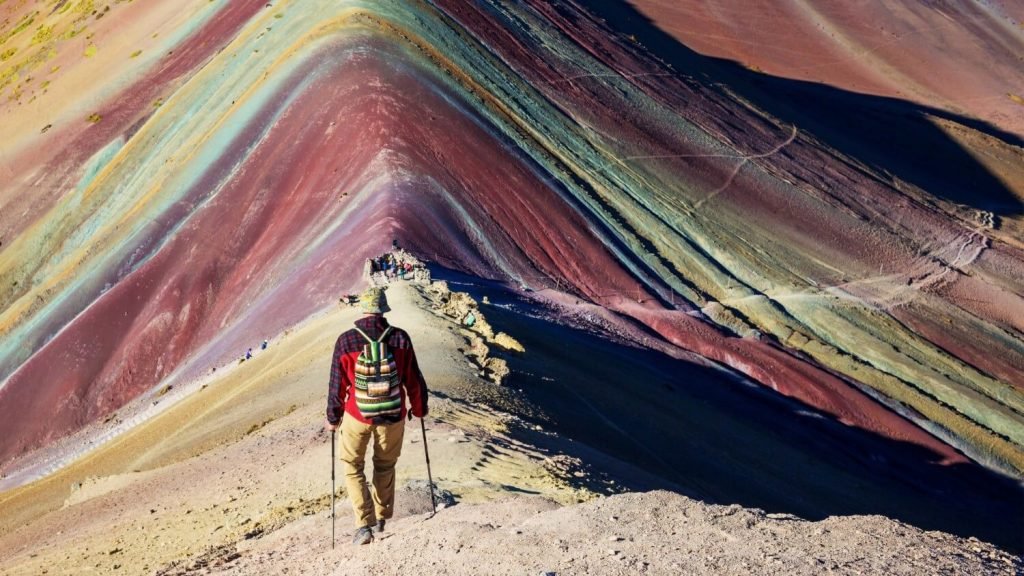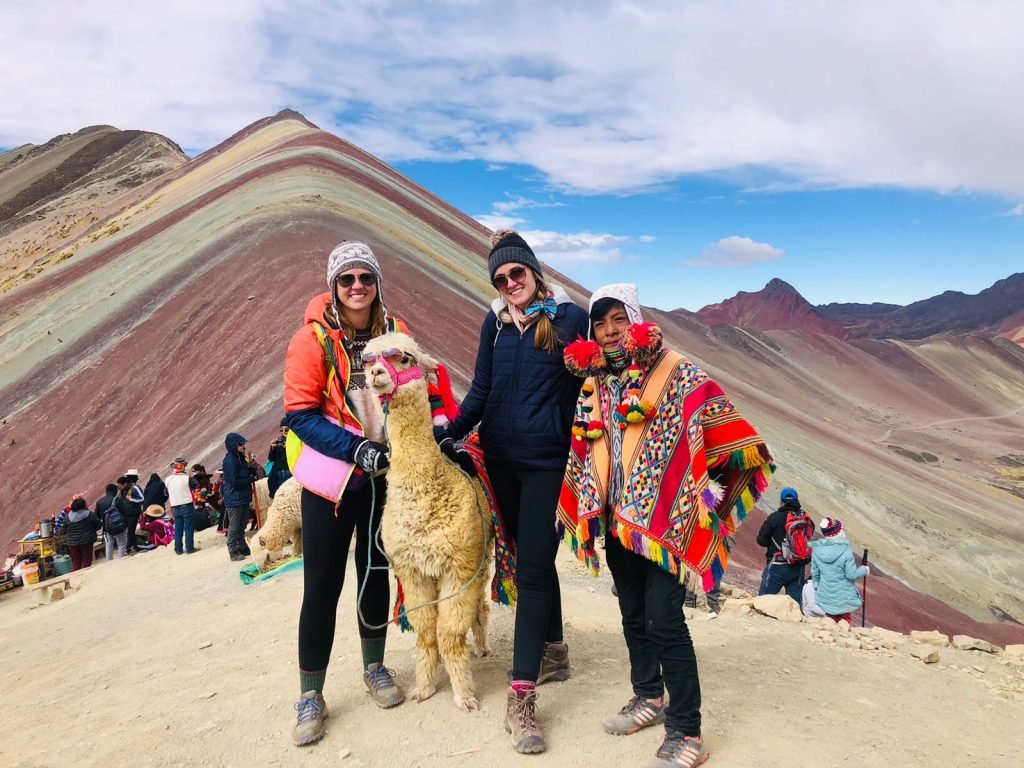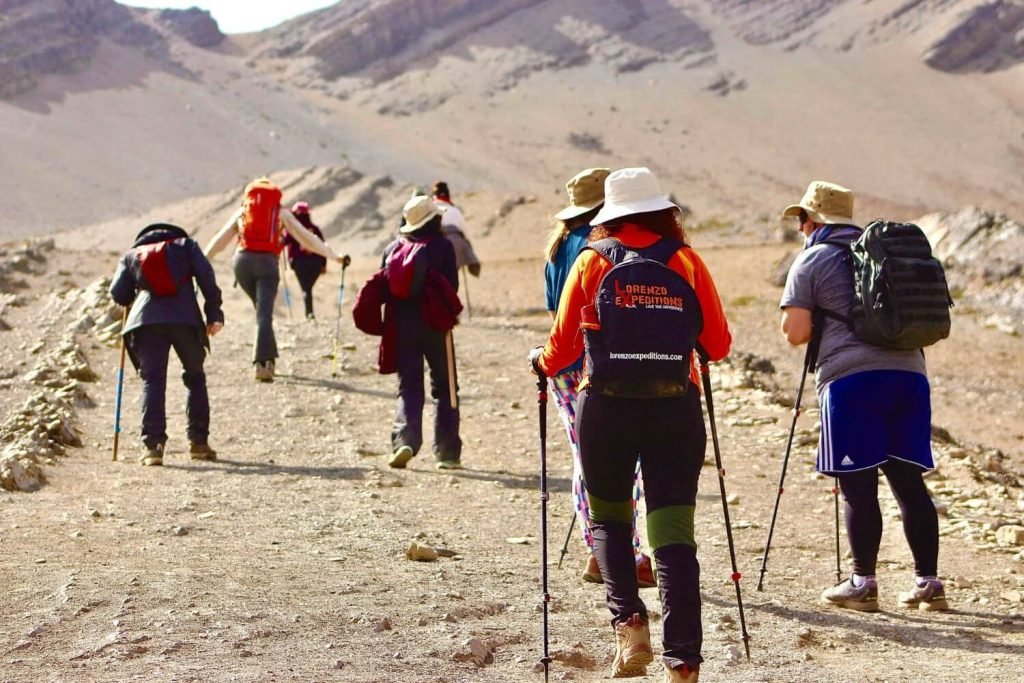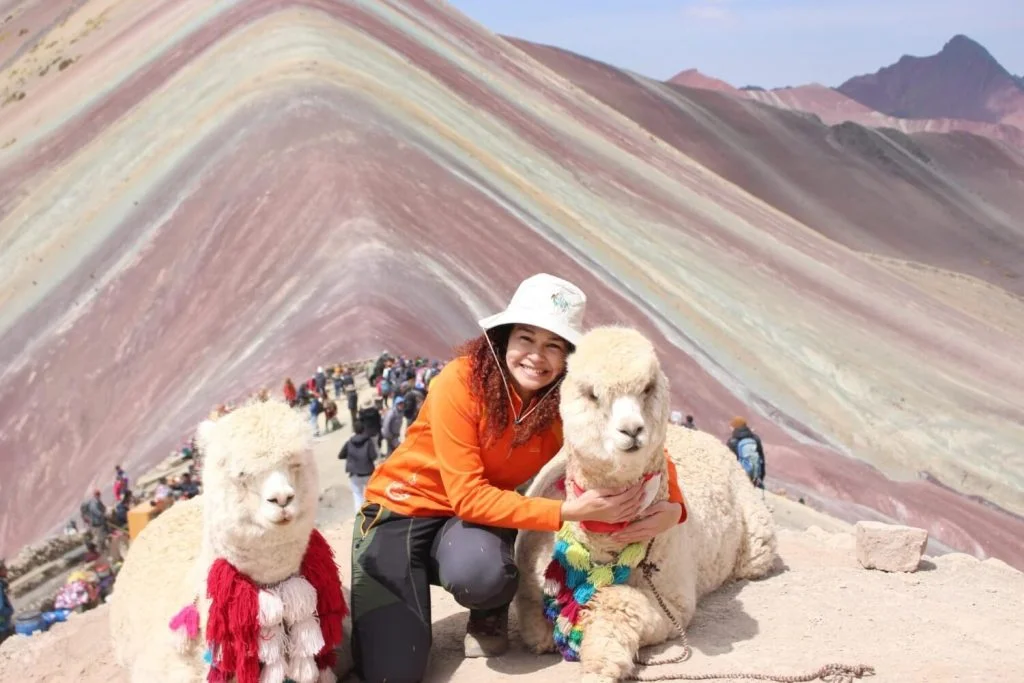Beginning your journey to Rainbow Mountain is an exciting experience, filled with breathtaking views and dazzling colors. This comprehensive guide takes an in-depth look at Rainbow Mountain’s weather, providing you with a detailed analysis of each month. Whether you prefer the calm of the low season or the hustle and bustle of the peak tourist months, our guide will help you make informed decisions.
When is the best time to visit Rainbow Mountain?

The best time to visit Rainbow Mountain in Peru is during the months of April to May or September to October. During these months, the weather is pleasant and rainfall is minimal, which makes the experience more enjoyable. In addition, there are fewer tourists during these months, which means that you can enjoy the mountain in more tranquility.
If you prefer to visit during a more lively time, June may be a good option. In this month, Cuzco celebrates its anniversary with many festivities, including traditional dances and other events. However, be aware that there may also be more crowds during this time.
Rainy season at Rainbow Mountain

At Seven Colors Mountain, the weather can change rapidly during the rainy season, which runs from November to March. Although rain is common, there are also sunny days. January and February are the wettest months, but this is also when you can find the best deals for travel. If you decide to visit during this season, don’t forget to bring a raincoat and non-slip shoes to be prepared for any weather changes.
November: Prelude
- With the arrival of November, the rainy season begins to make itself felt. Although the landscapes may appear dry at first, the impending rain transforms them. Mild temperatures make this a good time for those seeking a more tranquil experience.
December: The Beginning of Summer
- December welcomes summer, attracting local tourists on vacation. With the right rain gear, you can enjoy the warmth in between the occasional heavy rain.
January: Wet Season
- January marks the beginning of the wet season with intermittent showers. Although the sun may be hidden, its occasional appearances quickly dry out the environment. Temperatures remain mild, promising a unique adventure.
February: Heavy Rains
- February brings heavier rains, which can challenge even the most established routes. However, with proper preparation and sturdy footwear, you can conquer the trails while enjoying the pleasant temperatures.
March: Rains and Sunny Moments
- March is still part of the rainy season, but offers more sunny moments. Embrace the occasional drizzle and slippery trails as you make your way through the lovely terrain.
April: End of the Rains
- April marks the end of the heavy rains, giving way to occasional showers and plenty of sunshine. Although still considered part of the rainy season, this month offers a preview of the upcoming dry season.
Rainbow Mountain Dry Season

During the dry season, which runs from May to October, you can expect sun-filled days and spectacular views. However, keep in mind that this is the peak period for tourists. Therefore, it is essential to plan your trip in advance.
May: Start of the dry season
- May marks the official start of the dry season. Although there may be some surprise rain, the decrease in rainfall and pleasant temperatures make this an ideal month for trekking, avoiding the crowds that are about to arrive.
June: Dry weather
- June boasts the driest weather of the year, but it also brings an increase in tourism. Be prepared for large crowds as you enjoy the dry weather, occasionally interrupted by cold nights and possible snowfall.
July: Cold and Contrasting Snows
- July, the coldest month, presents a captivating contrast of snow on one side of the mountain and vibrant colors on the other. Clear skies require sun protection, making this a busy month with patriotic celebrations.
August: Transition to Warmth
- As winter bids farewell, August brings warm days and cool nights. Low precipitation guarantees excellent views, setting the stage for lovely hiking.
September: Persistent Warmth
- September brings warmer temperatures and a gradual decline in tourism. Enjoy clear, sunny days, occasionally interrupted by light showers, as you explore Rainbow Mountain with fewer fellow adventurers.
October: Warm End
- October, the warmest month, allows you to enjoy the weather before the arrival of the big crowds. Although sporadic showers may occur, they do little to detract from the spectacular views.
What is the temperature at Rainbow Mountain?
Rainbow Mountain has a fairly constant temperature range, varying between -3.0°C and 16.7°C throughout the year. The warmer months, which run from October through December, provide the perfect conditions for exploring.
What Month Is It Coldest at Rainbow Mountain?
July is known to be the coldest month, especially when night falls. Although daytime temperatures are comfortable, you should be prepared for the cold if you plan to visit the summit in the morning.
How does the weather in the Vinicunca Mountains influence flights?
Although there are no direct flights to Rainbow Mountain, occasional heavy rains in Cusco can cause flight delays or cancellations. However, the airlines will always find another flight to get you to Cusco.
What to bring for a trip to Rainbow Mountain?

For a day trip from Cusco, all you need is a 20 liter backpack with the essentials. Our checklist includes everything from waterproof jackets to sunscreen and durable hiking boots, ensuring you are fully prepared for the variable conditions of Rainbow Mountain.
Pack in your Backpack:
- Waterproof jacket or poncho
- Sun hat
- Sunglasses
- Sunscreen SPF 50+
- Warm hat and gloves
- Toilet paper
- Camera
- Passport
- Water bottle
With this complete guide in your hands, your adventure to Rainbow Mountain is ready to begin. Whether you are drawn to the tranquility of the rainy season or the energy of the dry season, our suggestions will help you make informed decisions. We hope your trip is full of surprises and wonders as you explore the fascinating beauties of Rainbow Mountain.





